
"Common sense and local culture" inform social housing block in Mallorca
Spanish architect Joan J Fortuny and studio Alventosa Morell Arquitectes have created 54 social housing units in Inca, Mallorca, wrapped in larch shutters and perforated bricks.
Located on an empty plot at the edge of the town, the project provides socially rented flats for low-income tenants and is designed as a response to its urban context.
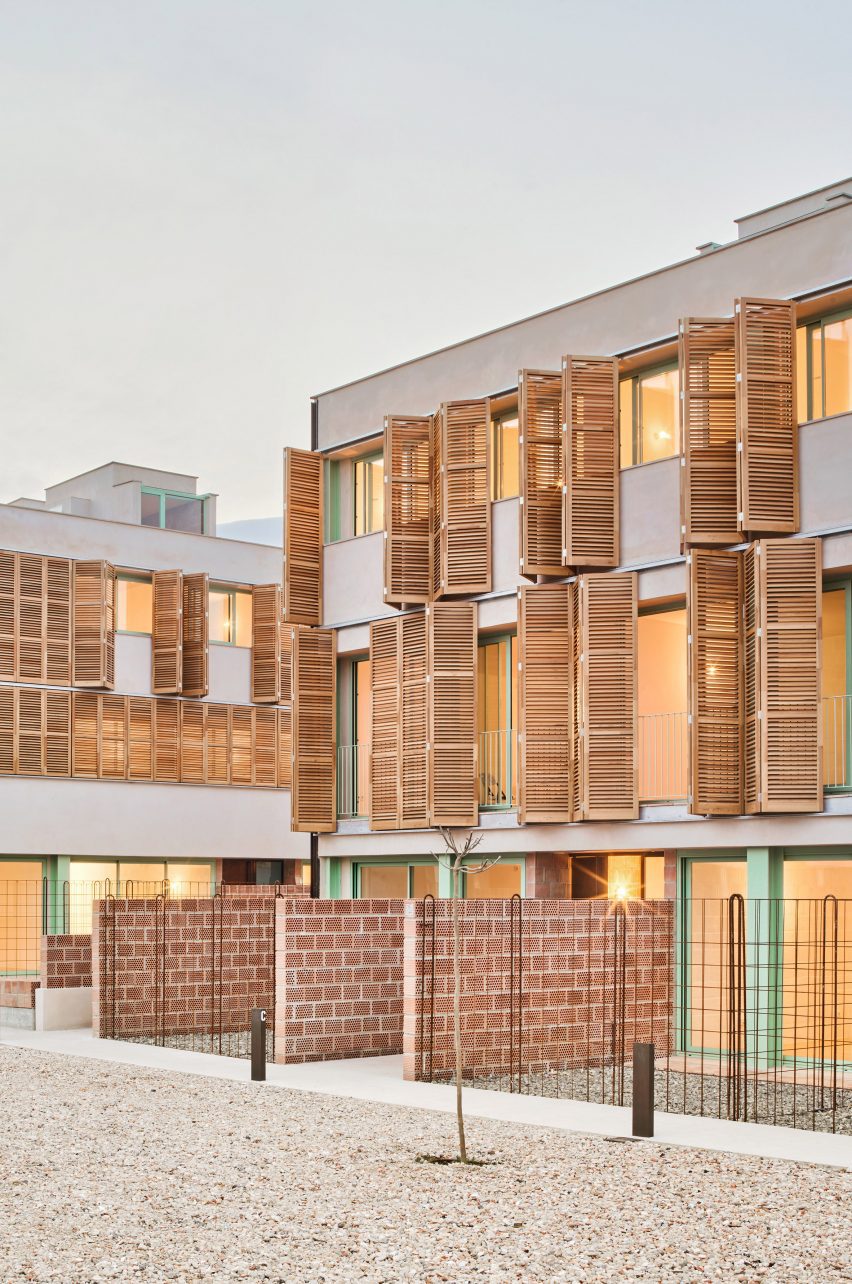
Architect Fortuny and Alventosa Morell Arquitectes divided the housing across two independent volumes, arranged along a north-south axis.
This axis is designed as an "interior street" filled with communal public space, intended to foster a sense of community while avoiding creating a gated community.
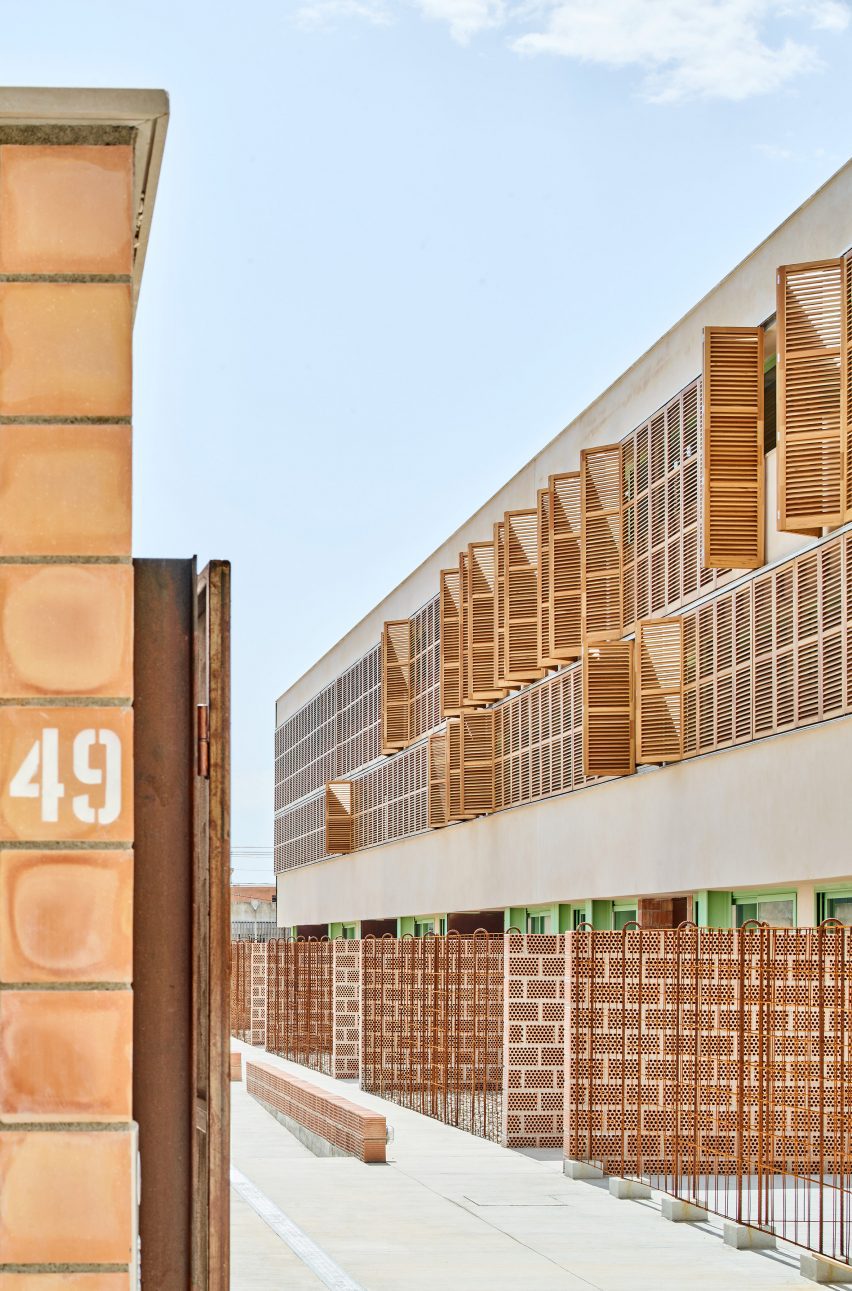
The two volumes are unified by facades of timber shutters made from locally sourced larch, which unfold to reveal a series of balconies and terraces.
These shutters are also designed to facilitate cross-ventilation through the building, provide solar protection and resemble local vernacular.

"In Mallorca, we have a massive quantity of knowledge and culture to be protected from the wet heat," Fortuny told Dezeen.
"One of the most successful elements is the Mallorquin shutter, or Persiana Mallorquina, which is used in almost 95 per cent of the houses of the rural area," he continued. "For us, the solution was to use something that is not new, but apply common sense and local culture to the design."
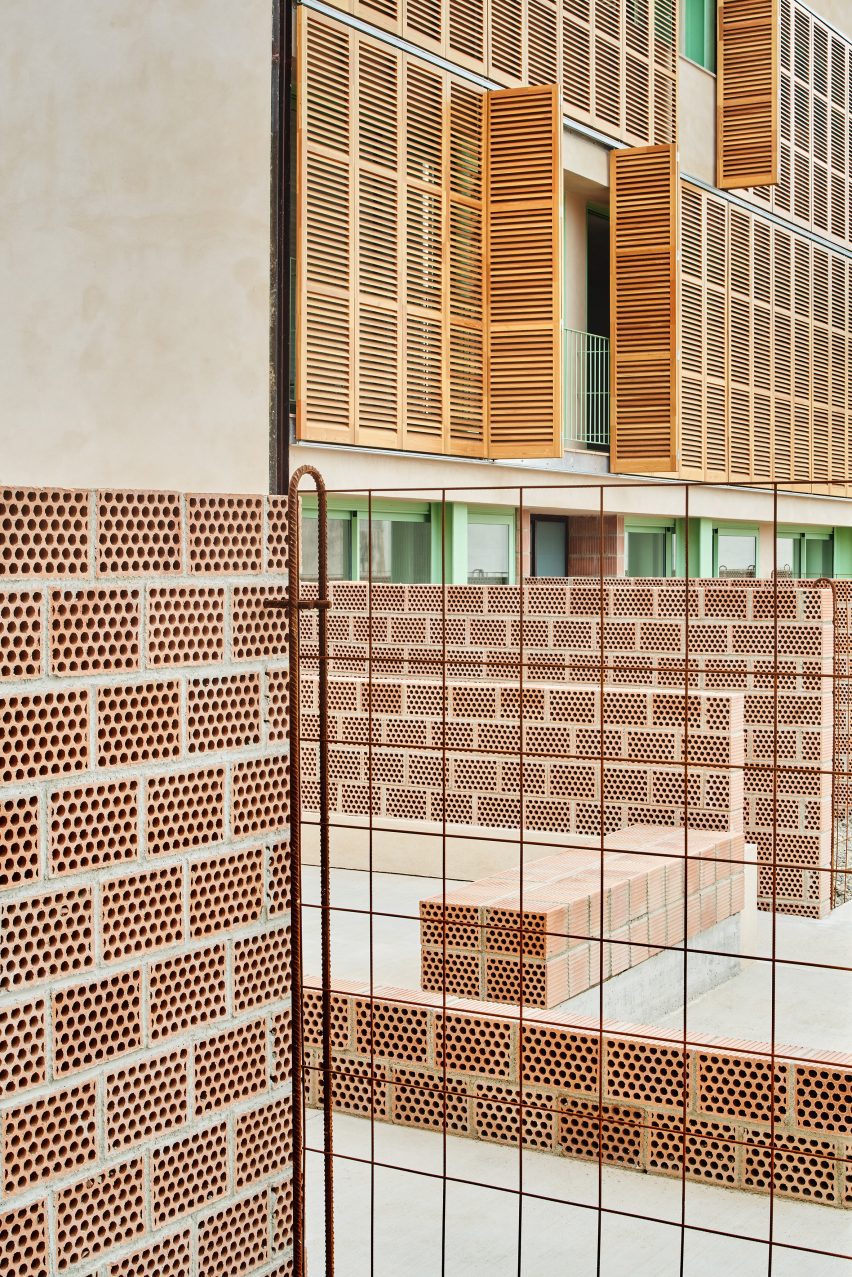
Fortuny and Alventosa Morell Arquitectes have arranged the housing around a wet service core, ensuring dual-aspect living spaces. The living modules are replicated throughout.
On the ground floor, homes are set back from the hard landscaped public realm by small private gardens, separated from a communal garden by light metal fencing and perforated ceramic bricks.
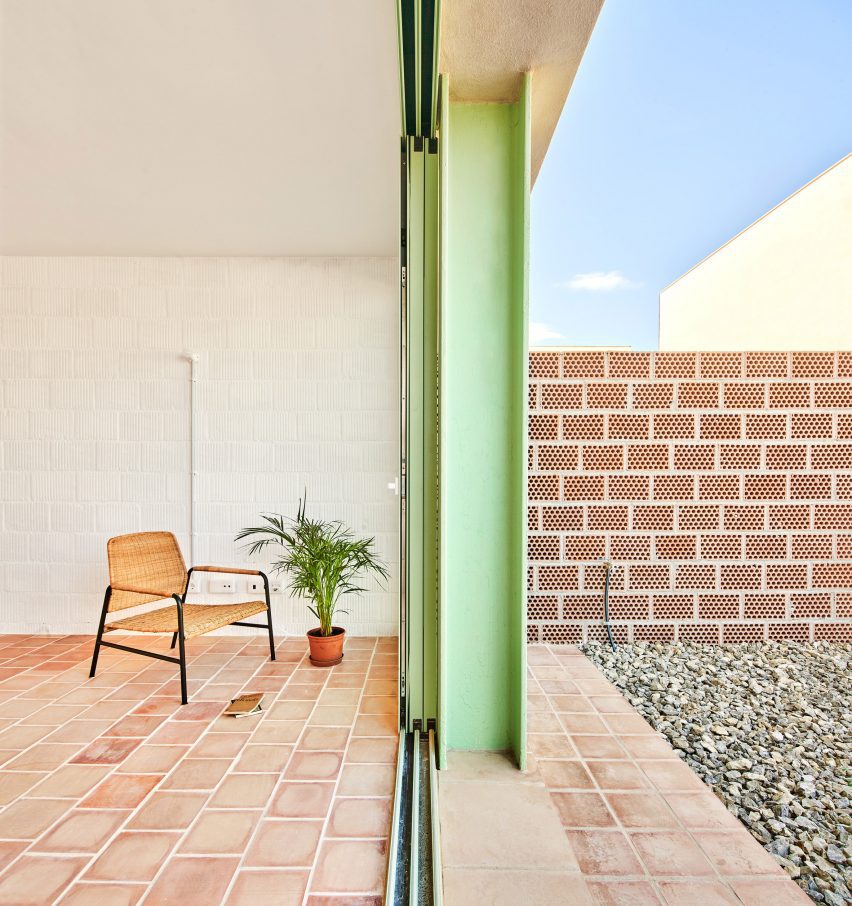
To ensure future flexibility, the living area and bedrooms can be swapped around by tenants.
Fortuny and Alventosa Morell Arquitectes have prioritised locally sourced materials and local craftsmanship throughout the project, with standout features including ceramic tiles and perforated bricks on the facade and floors made with clay.
According to the team, the ceramics used throughout help to improve the project's thermal mass while also providing a distinctive external finish.
The roofs are covered with recycled gravel from urban mining, as well as photovoltaic panels that meet the building's electricity needs. Completing the project is an air source heat pump that provides efficient heating and cooling for the housing.
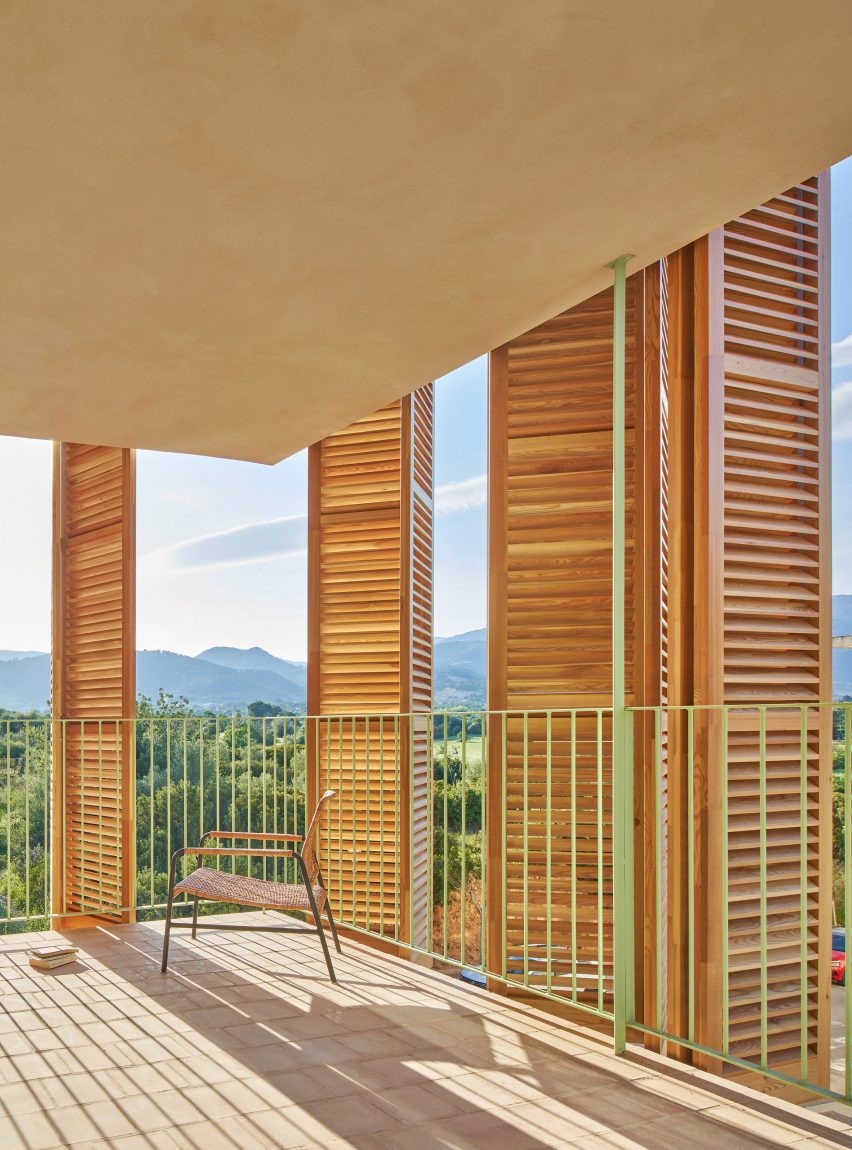
"Construction is one of the most destructive industries in the world, so we have a responsibility to make efficient, sustainable buildings, and a sustainable model developed from local economy and local resources," explained Fortuny.
"It is more logical to build places capable of sustaining its own resources, than a building that needs lots of foreign energy to keep comfortable" he continued.
Other social housing projects recently featured on Dezeen Sumner Houses in Brooklyn by Studio Libeskind and the stone-lined Living in Lime development by Peris+Toral Arquitectes.
The photography is by José Hevia.